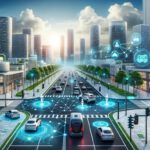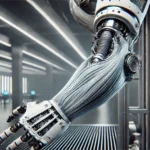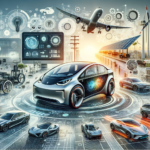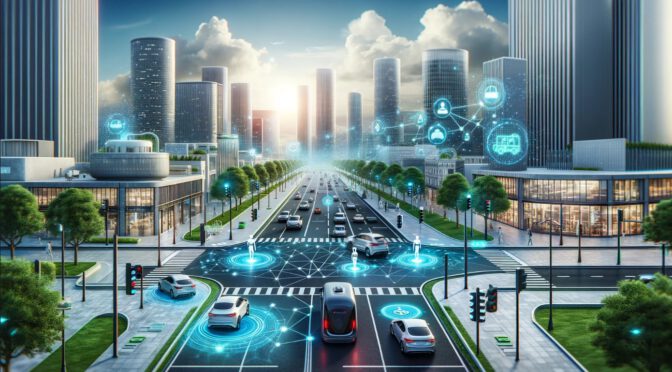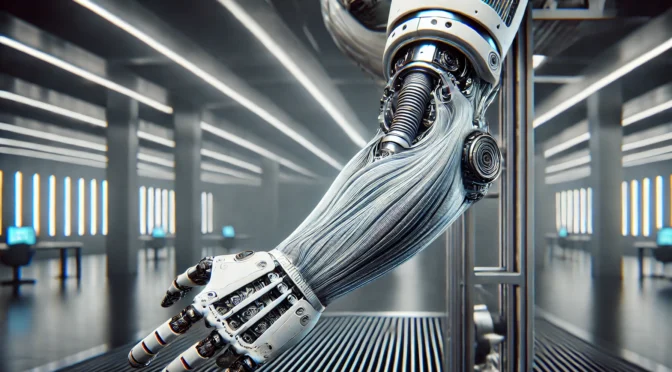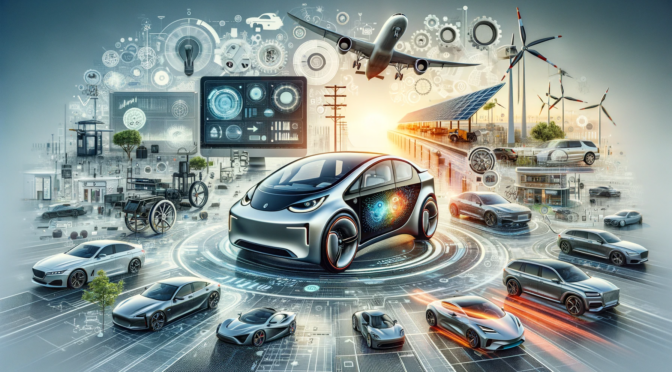[Image by TeX9.net]ESA’s LUNA Facility: Pioneering the Future of Spacetech in Europe. Startups already testing in the LUNA simulator.
The European Space Agency‘s (ESA) LUNA Facility in Cologne, Germany, marks a significant advancement in European space technology. Offering a meticulously crafted lunar replica and state-of-the-art simulators, LUNA provides a unique environment for startups and researchers to test and refine their space technologies. This facility not only strengthens Europe’s position in the global race to the Moon but also promises to catalyze a renaissance in European space exploration, supporting innovative projects that could eventually lead to a self-sustaining lunar economy.
ESA LUNA facility in Cologne, Germany, marks a significant milestone in European spacetech. Known for its 700-square-metre lunar replica and a sophisticated Sun simulator, LUNA is set to revolutionize how we approach space technology. This facility allows startups like Spartan Space to rigorously test their lunar base camp designs in realistic conditions.
The LUNA simulator offers more than just a testing ground. It’s a beacon for a potential “European renaissance” in space exploration, with features like a gravity offloading system and an adjustable ramp for lunar slopes. This site is crucial for Europe’s ambitions to catch up in the new race to the Moon, where it currently trails behind the US and China.
Startups are keen to exploit LUNA’s unique environment to demonstrate their technology’s viability and attract global partners. Beyond facilitating lunar base camps, Europe aims to enhance lunar logistics, supporting deep space exploration with an array of technologies from robotic landers to energy storage solutions.
The opening of LUNA is not just a boost for European spacetech but also a strategic move to position Europe at the forefront of lunar exploration and beyond. With its high hopes for the facility, ESA’s LUNA is indeed a gateway to the cosmos.












